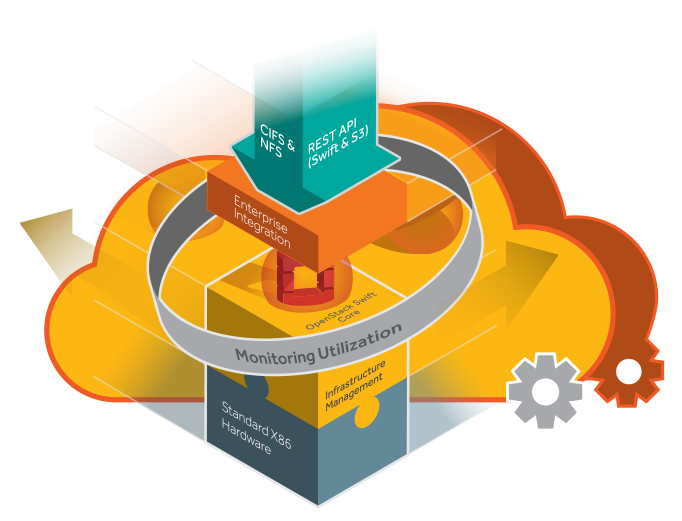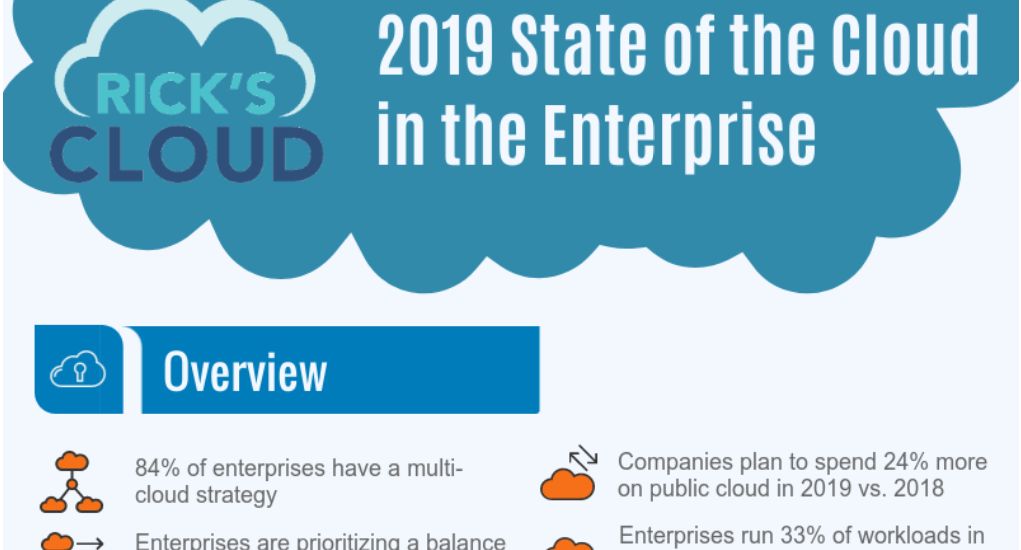
5 Ways Object Storage Can Help Upgrade Your Infrastructure
 The enterprise storage industry has changed completely in the past five years. In today’s ever-evolving IT world, traditional storage methods are having a hard time keeping up and can present time-consuming, costly obstructions.
The enterprise storage industry has changed completely in the past five years. In today’s ever-evolving IT world, traditional storage methods are having a hard time keeping up and can present time-consuming, costly obstructions.
A new variety of solutions such as object storage software on standard server hardware, present IT organizations with unique opportunities to build a better infrastructure. Here are five of those potential opportunities:
- Meet new delivery targets – More and more enterprises need to do much more with less, and understand that continuing to use their traditional storage technologies is just not sustainable. Nowadays, businesses are competing with SaaS and public clouds for workloads, and they need to employ the same strategies that the big providers use to deliver services their internal customers are demanding. Meeting new cost targets is often the first challenge enterprises look to solve, and unique features from new vendors, such as pay-as-you-grow pricing models, help IT teams tackle this challenge directly.
- Build-in scale and multi-site – Web, Mobile and SaaS applications were the first to leverage object storage for workloads never before conceived in business data centers. Classic NAS technologies have file-system limits both in number of files and size. As such, companies in Media & Entertainment and Life Sciences needed cloud-grade storage technology to support their larger data sets, and were the next to leverage object storage. A better archive is the latest use case enterprises are starting with, as object storage can offer organizations the ability to affordably access any archived data real-time, as well as take advantage of built-in offsite replication.
- Achieve the benefits of cloud, but behind the corporate firewall – While some object storage vendors target classic workloads, there are others that support today’s workloads as well and were created with the properties of public cloud storage. Cloud is about immediate ease of consumption, pay-as-you-grow consumption and an order of magnitude greater scale. The right object storage vendor can provide IT organizations with these same cloud benefits, but behind their firewall:
- Ease of deployment turning any standard Linux server into cluster nodes with a single command
- Annual licensing based only on the storage consumed vs. paying all up front for 3-5yrs of growth
- Scale capacity or throughput independently by adding standard nodes where needed
- Avoid the “disk tax” – When protecting new architectures, it makes sense to use modern storage. Compared to classic storage, object storage gives users the benefit of choosing to use the same standard server hardware they procure to build a private storage cloud. Nearly eighty percent of a storage cluster is drives, and object storage done the right way lowers cost by avoiding the “disk tax” of classic storage systems. With the functionality and value moving from hardware controllers to software, it no longer makes business sense to pay 3 to 5 times as much for the drives inside an enclosure.
- Start small and scale huge without jumping straight into the deep end – Everyone’s journey is different, and leveraging object storage solutions like OpenStack does not need to be “all or nothing.” For example, presenters at the OpenStack Summit like Ancestry.com, Pac-12 Networks, and Fred Hutchison Cancer Research Center have all presented how their journey with OpenStack started with a scope targeting storage, specifically object storage. In this case, any applications that support the AWS S3 API or the OpenStack Swift API can use object storage regardless of where they operate. A journey that moves those applications to a broader environment with a broader scope is easier to continue when the right storage infrastructure is already in place.




